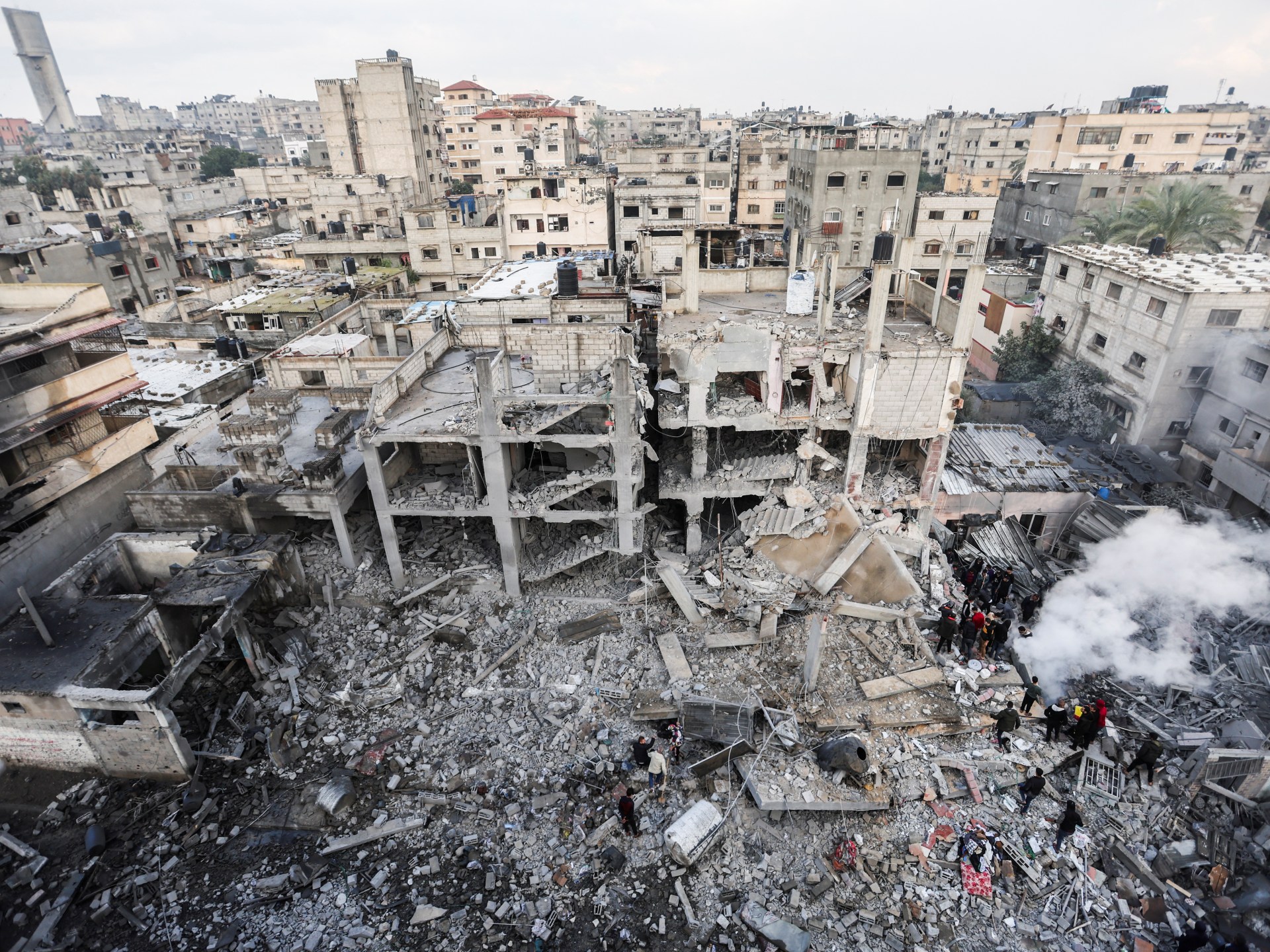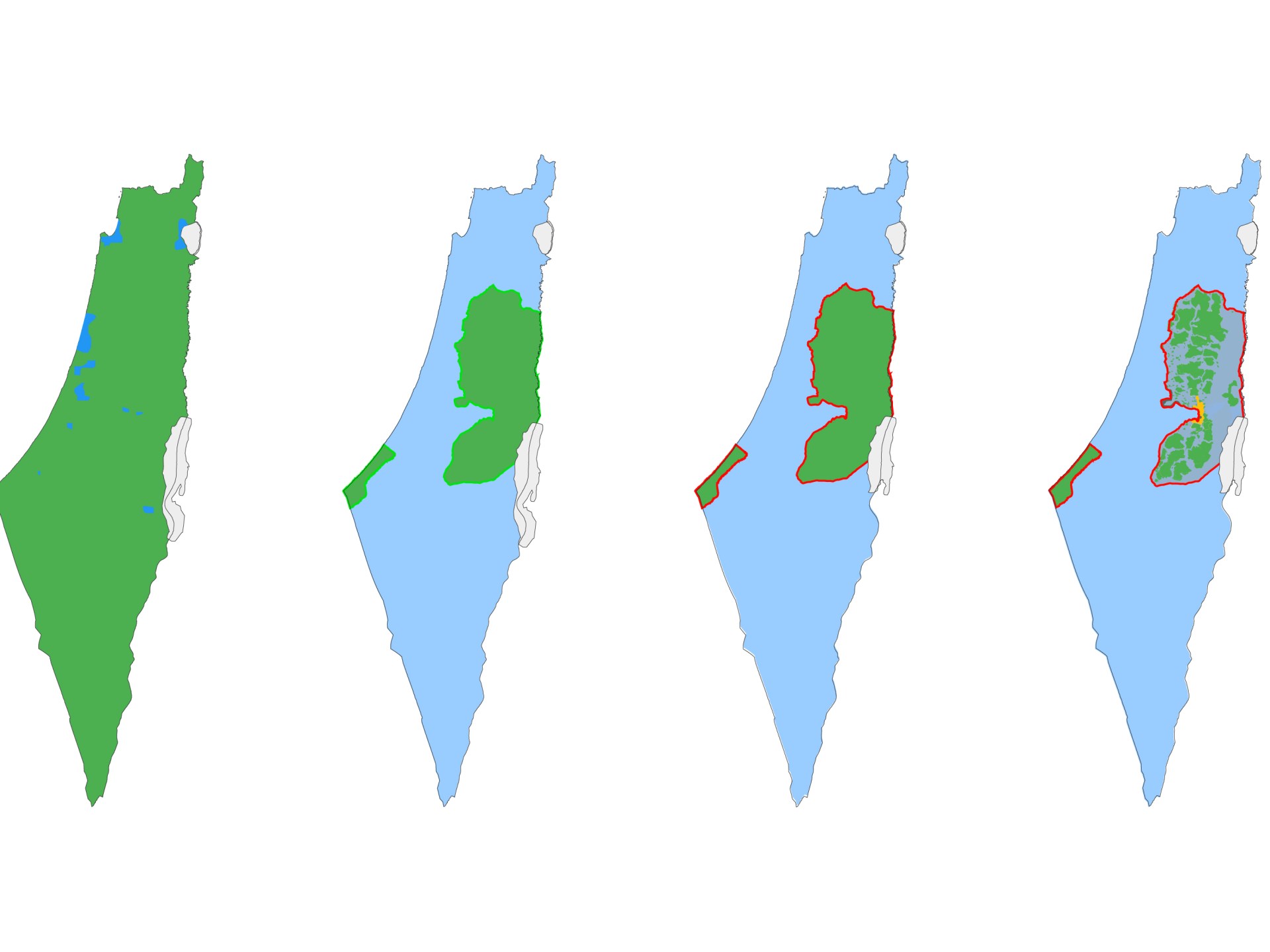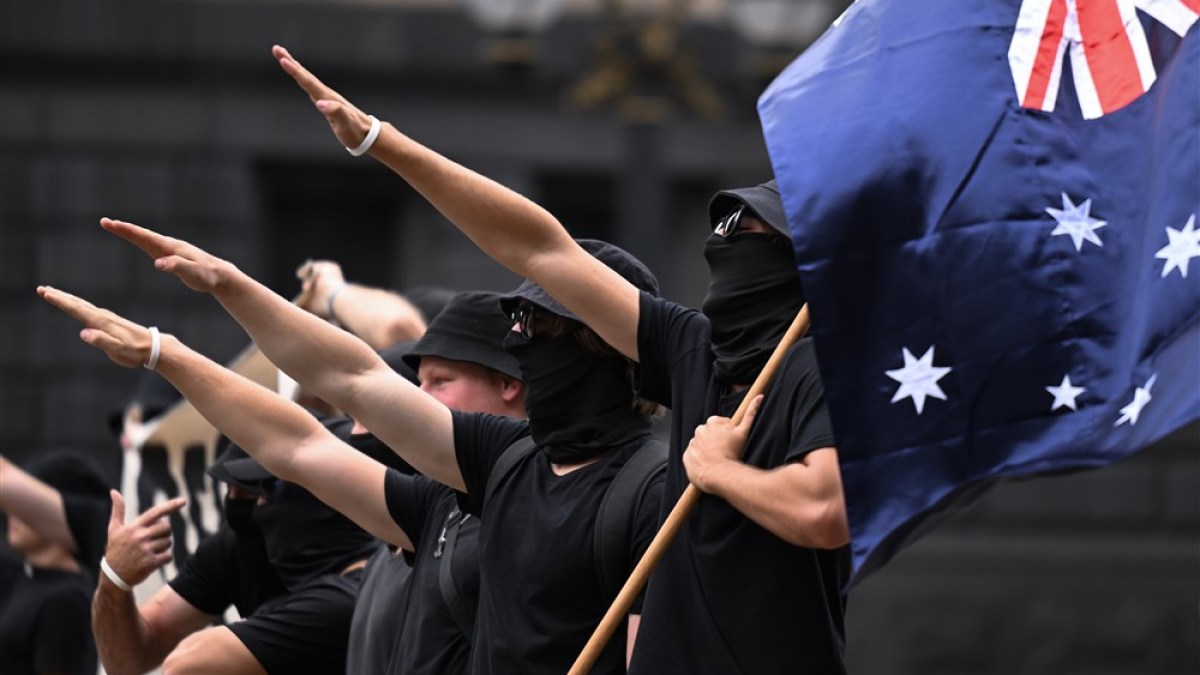The plane that crashed in the Amazon suffered similar mishap in 2021
He was looking for a clearing to make an emergency landing when he lost control of the plane, Colombia’s Civil Aviation Authority concluded last year in a final report on the incident. HK 2803 barreled through the tree canopy and plowed nose first into the ground. Images from that crash are strikingly similar to those that would be taken of the same aircraft after the May 2023 accident.
The three people on board for the July 2021 humanitarian flight — the pilot, a doctor and a patient, unnamed in the report — survived that crash. But the 41-year-old aircraft suffered “substantial” damage, according to the civil aviation authority. That is the second of three possible ratings in the International Civil Aviation Organization scale. The last is “destroyed.”
It is common for even substantially damaged aircraft to be rebuilt and returned to service, aviation officials say. Small planes, well maintained, can be flown safely for decades, provided they pass annual inspections. Global standards require them to be airworthy.
HK 2803, which is owned and operated by Avianline Charters of Villavicencio, Colombia, was repaired using parts imported from the United States, according to Avianline owner Freddy Ladino. It began flying again this year as an air taxi.
Ladino said the aircraft, which can sell for more than $1 million new, had proved itself. “The plane had two months flying and 130 hours,” he told The Washington Post in a WhatsApp message. “So, any anomaly from the previous incident is discarded.”
When the plane crashed again May 1, the plight of the four Indigenous children, aged 11 months to 14 years old, drew international attention. The siblings, who lost their mother in the crash, drew on ancient knowledge of the jungle to persevere on their own until they were rescued by Colombian forces and Indigenous searchers June 9.
But pilots who fly in the remote Amazon — where small planes are often the only means of supplies, transport and medical evacuation — said the crash carries another lesson: Difficult routes in old aircraft that can fly several times a day make their profession unusually dangerous.
Thirty-one air taxis have crashed in Colombia since 2018, according to the country’s accident investigation directorate. Forty-four people died in those incidents. The pilots in both crashes of HK 2803 were competent to fly the aircraft, records show, and no indications of engine malfunction were previously identified by or reported to authorities.
Former Avianline pilot José Miguel Calderón, a friend of the pilot who was killed in the May crash, described the challenges of flying in the region: “We fly every day, all day long, up to six flight hours daily.” Calderón said pilot Hernán Murcia could have declined the flight. But turning down flight hours means losing money.
In some cases, Calderón said, pilots cannot afford to say no. It was not Murcia’s turn to fly the Cessna 206 on May 1. “He was such good person,” his wife, Olga Vizcaíno, said. “He got a last-minute call to change his schedule, and he said yes.”
Murcia took off at 6:42 a.m. from an improvised airport in Araracuara, a small town deep in the Colombian Amazon, with clear skies. However, an hour into the flight, the engine failed. Murcia radioed Mayday to Colombia’s air traffic control system. He was going to look for a field to land. Or a river.
“Mayday, Mayday, Mayday 2803, Mayday, Mayday, Mayday,” Murcia said, according to a preliminary crash report. “I have the engine at minimum. I’m going to look for a field.”
But the engine soon picked up power again, according to the report, and Murcia decided to continue the journey. At 7:44 a.m., he said the problem was back. “I’m going to touch down on water,” he radioed.
It’s the last record of his voice. Killed in the crash were Magdalena Mucutuy Valencia, the 34-year-old mother to the children who survived; Herman Mendoza Hernández, a 57-year-old Indigenous leader; and Murcia, the 55-year-old pilot.
Two months later, his widow wants answers. “I feel he was a martyr of aviation,” Vizcaíno said. “I am sure he tried his best but decided to sacrifice himself to save the children.” His last words to her: A request that she hug her two daughters for him. Her voice breaks. “He did something heroic,” she said. “That is partly why the kids lived.”
Check out our Latest News and Follow us at Facebook
Original Source






